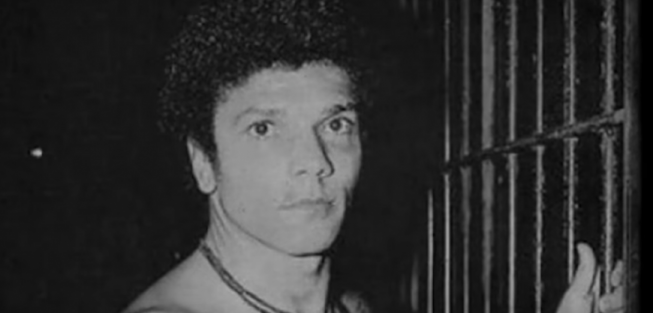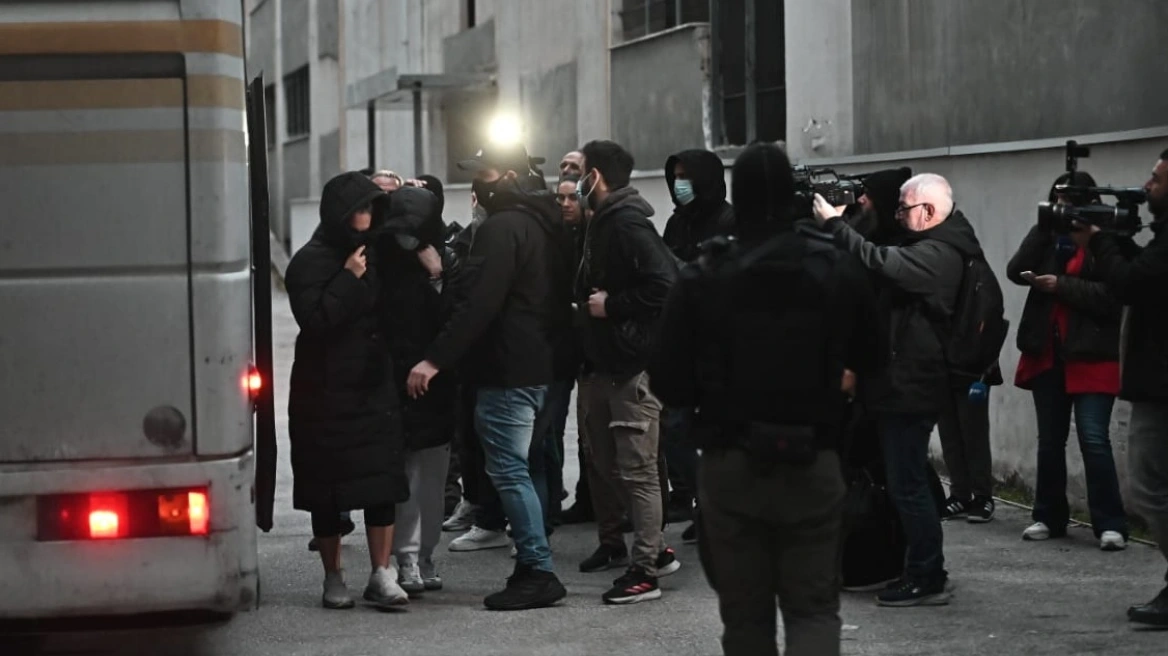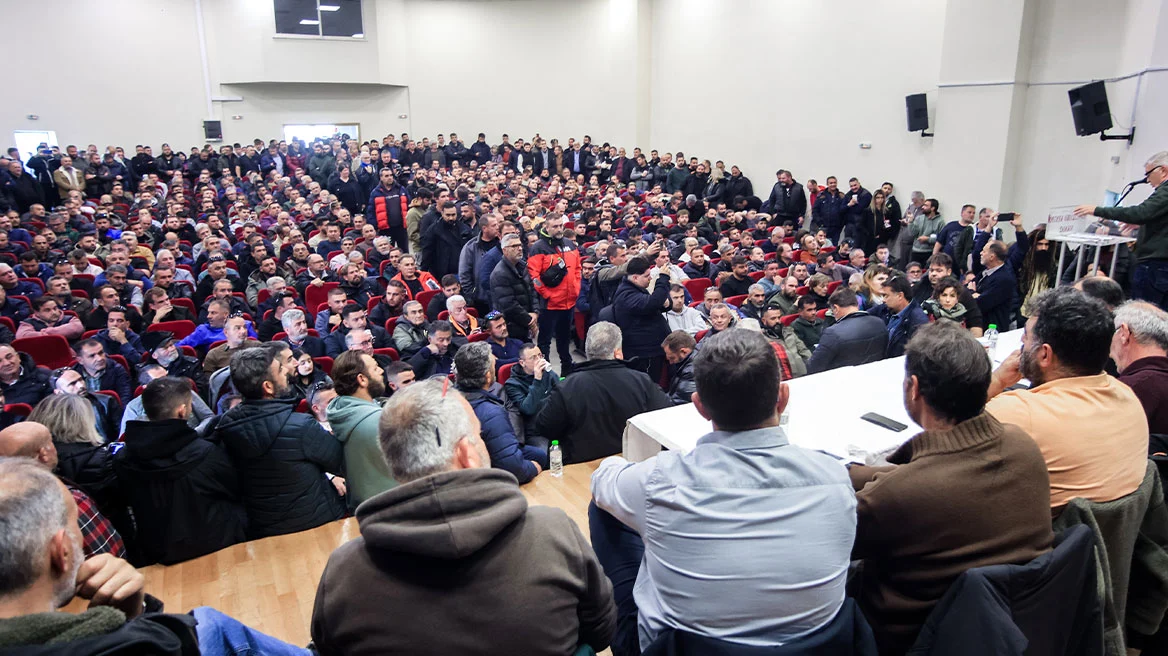When Gil Carrillo joined the homicide division at the Los Angeles Sheriff’s Department in the early Eighties, his future partner Frank Salerno was already something of a celebrity. He had recently collared the so-called Hillside Strangler, a.k.a. cousins Kenneth Bianchi and Angelo Buono Jr., a serial killer duo who terrorized the L.A. area in the late Seventies, raping, torturing, and killing 10 women.
“When I met Frank; he was going through the trial for the Hillside Strangler,” Carrillo tells Rolling Stone. “I asked him about it and he said, ‘Well, that’s a once-in-a-career case.’ Then, two weeks later, we’re head-long into this.” “This” being the hunt for a serial killer the media had dubbed the Night Stalker — a home invader, rapist, and murderer who whipped Los Angeles and San Francisco into a terror that lasted from June 1984 to August 1985, when Carrillo and Salerno apprehended Richard Ramirez.
The veteran cops appear in the new Netflix documentary Night Stalker: The Hunt for a Serial Killer, directed by Tiller Russell. A grisly, gripping four-episode look into just how Ramirez was captured, the series highlights the popular corner of true-crime dedicated to serial killers, a much-investigated U.S. phenomenon that seems to be relegated to a period between the Seventies and early 2000s. Over those 30 years, Americans who previously left their doors unlocked and hitchhiked with abandon were suddenly caught in the sites of predators like Ramirez and the “Cannibal Killer” Jeffrey Dahmer, who did much of their hunting during the Eighties; and Keith Hunter Jesperson, a.k.a. the Happy Face Killer, a trucker who murdered at least eight women in the early Nineties. But by the early 2000s, the spate of serial killer stories seemed to peter out.
Celtic deity with ’80s mustache and hair discovered in England
Read more: Rolling Stone
Ask me anything
Explore related questions





